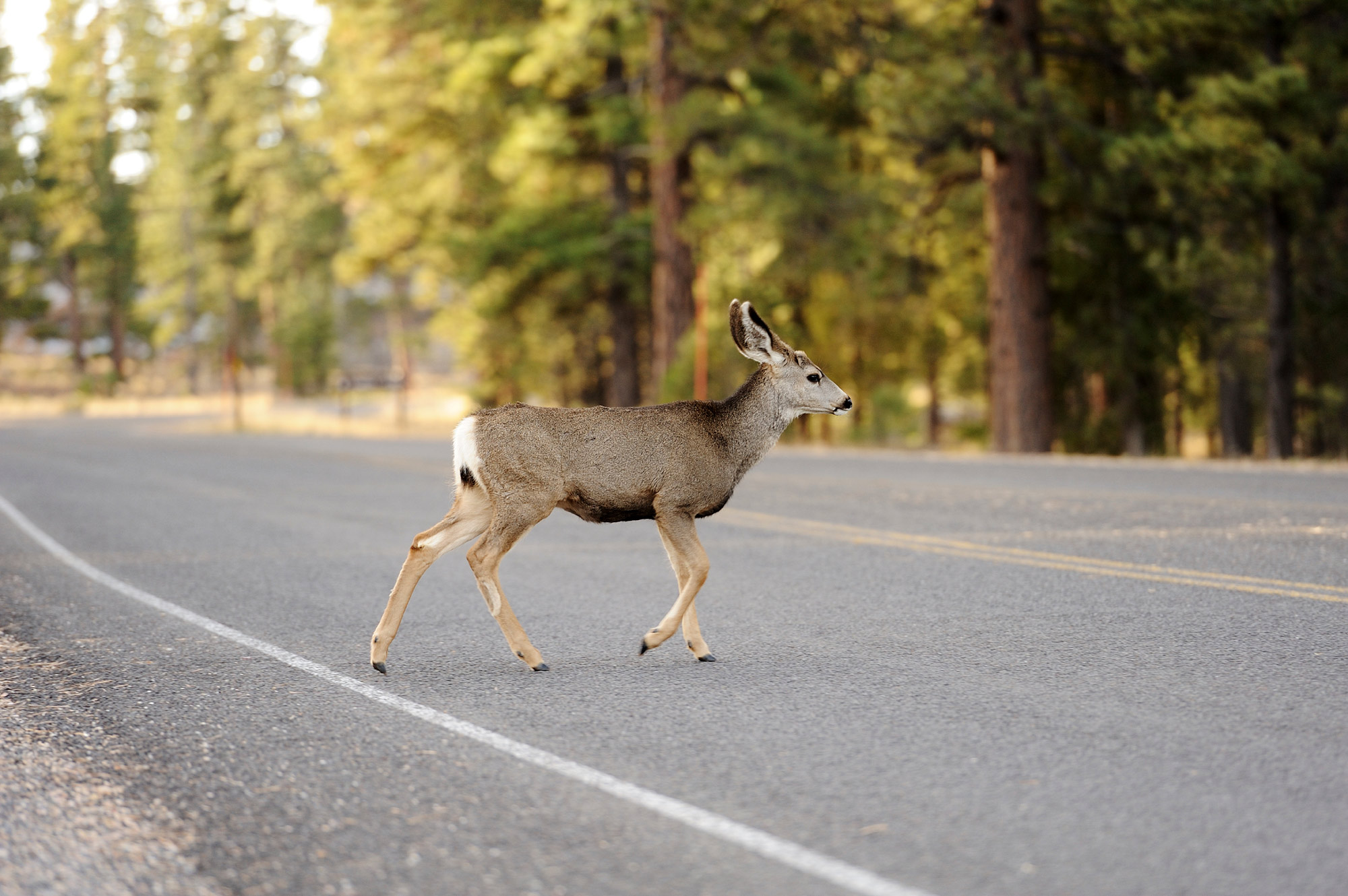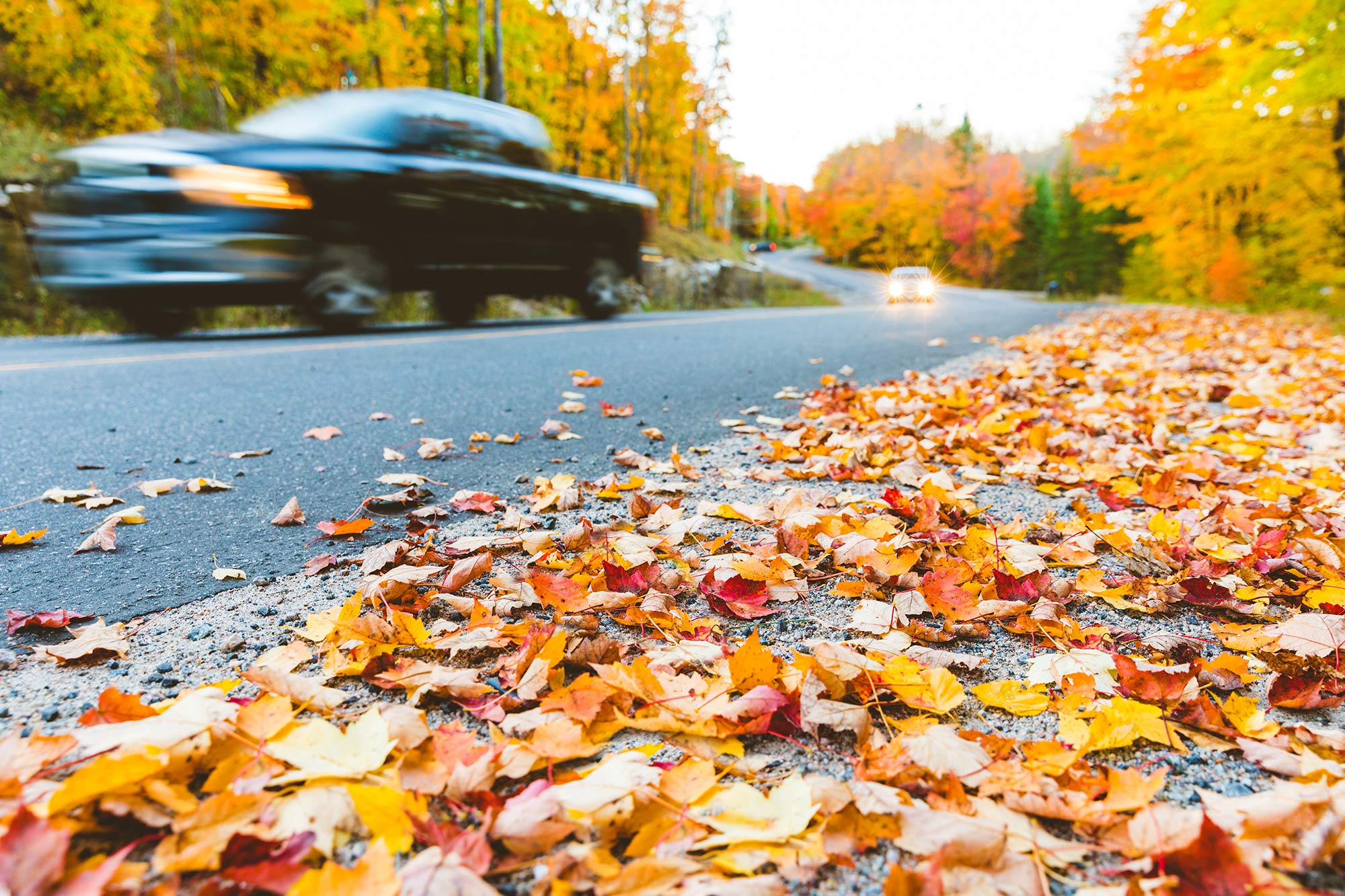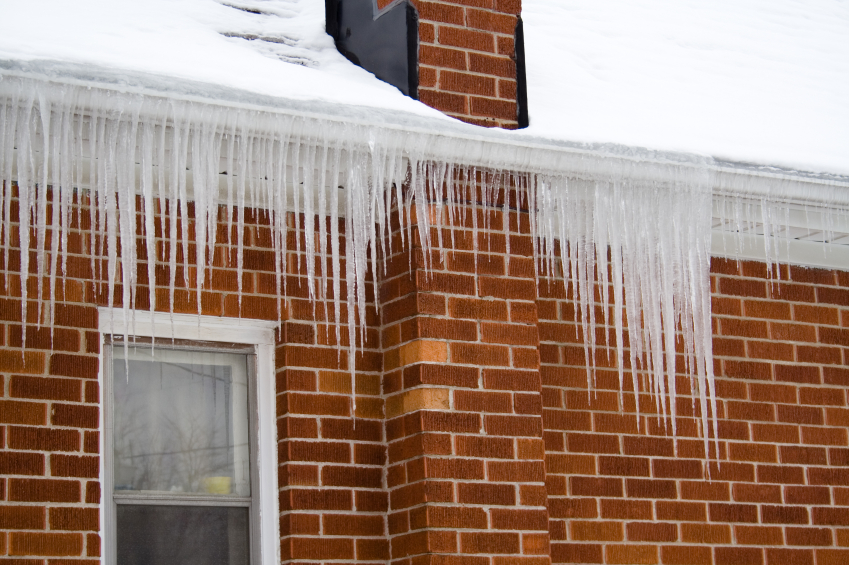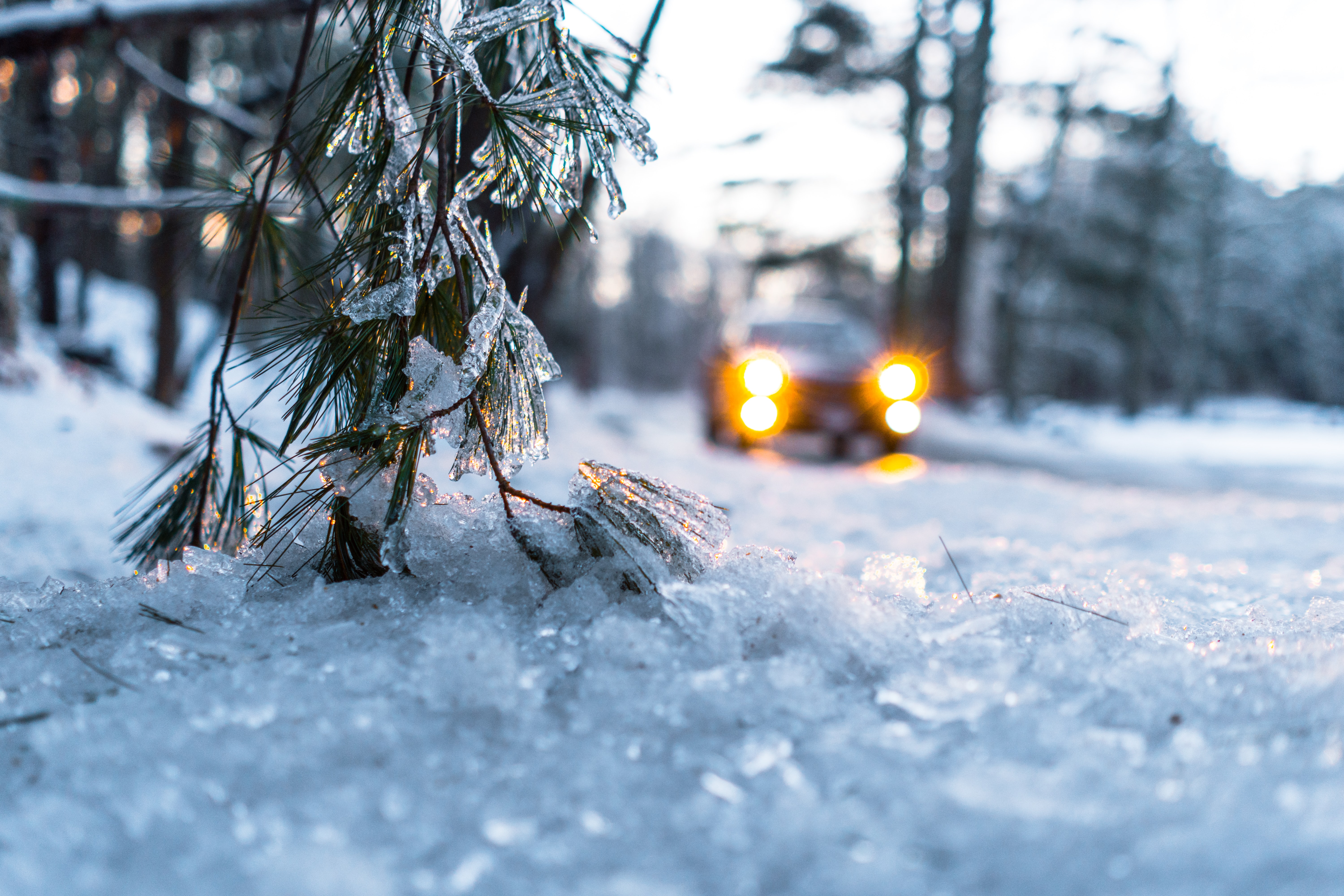Avoiding / Minimizing Deer-Related Crashes
Cars and deer can be a lethal combination. Deer migration and mating season generally runs from October through December and causes a dramatic increase in the movement of the deer population. As a result, more deer-vehicle collisions occur in this period than at any other time of year, so drivers need to be especially cautious, according to the Insurance Information Institute (III).
The Insurance Institute for Highway Safety (IIHS) estimates that there are more than 1.5 million deer-vehicle collisions each year, resulting in the deaths of more than 200 motorists, tens of thousands of injuries, and over $1 billion in vehicle damage. In 2018, the average claim for deer-related collision damage was $3,875, with costs varying depending on the type of vehicle and severity of damage.
The vast majority of deer-related accidents occur in the Midwest. According to an analysis of claims from 2006 to 2018 conducted by the Highway Loss Data Institute, the 10 states with the highest number of accidents involving deer were: West Virginia, Montana, Pennsylvania, South Dakota, Iowa, Wyoming, Wisconsin, Michigan, Mississippi, and Minnesota.
Fortunately, there are steps you can take to decrease the likelihood of being involved in a deer-vehicle collision.
The following facts can be helpful in avoiding deer-related collisions:
- Deer are not just found on rural roads near wooded areas, many deer crashes occur on busy highways near cities.
- Deer are unpredictable, especially when faced with glaring headlights, blowing horns, and fast-moving vehicles. They often dart into traffic.
- Deer often move in groups. If you see one, there are likely more in the vicinity.
When driving, the I.I.I. recommends taking the following precautions:
- Drive with caution when moving through deer-crossing zones, in areas known to have a large deer population, and in areas where roads divide agricultural fields from forestland.
- Always wear your seat belt. Most people injured in car-deer crashes were not wearing their seat belt.
- Use extra caution when driving through deer-crossing zones. Also be especially careful in places known to have a large deer population and in areas where roads divide agricultural fields from forestland.
- Use high beam headlights if driving at night, when there is no oncoming traffic. The higher light will better illuminate the eyes of deer on or near the roadway.
- If you see a deer on or near the highway, brake firmly if you can, but never swerve. Swerving can result in losing control of your vehicle and hitting an object or another car.
- Do not rely on deer-deterring devices. Deer whistles, deer fences, and reflectors have not been proven to reduce deer-vehicle collisions.
If you are involved in a deer or other animal-related collision, contact your Independent Insurance Agent as soon as possible to report any damage to your car. Collisions with a deer or other animal are covered under the comprehensive portion of your Personal Auto policy.
Source: Insurance Information Institute






